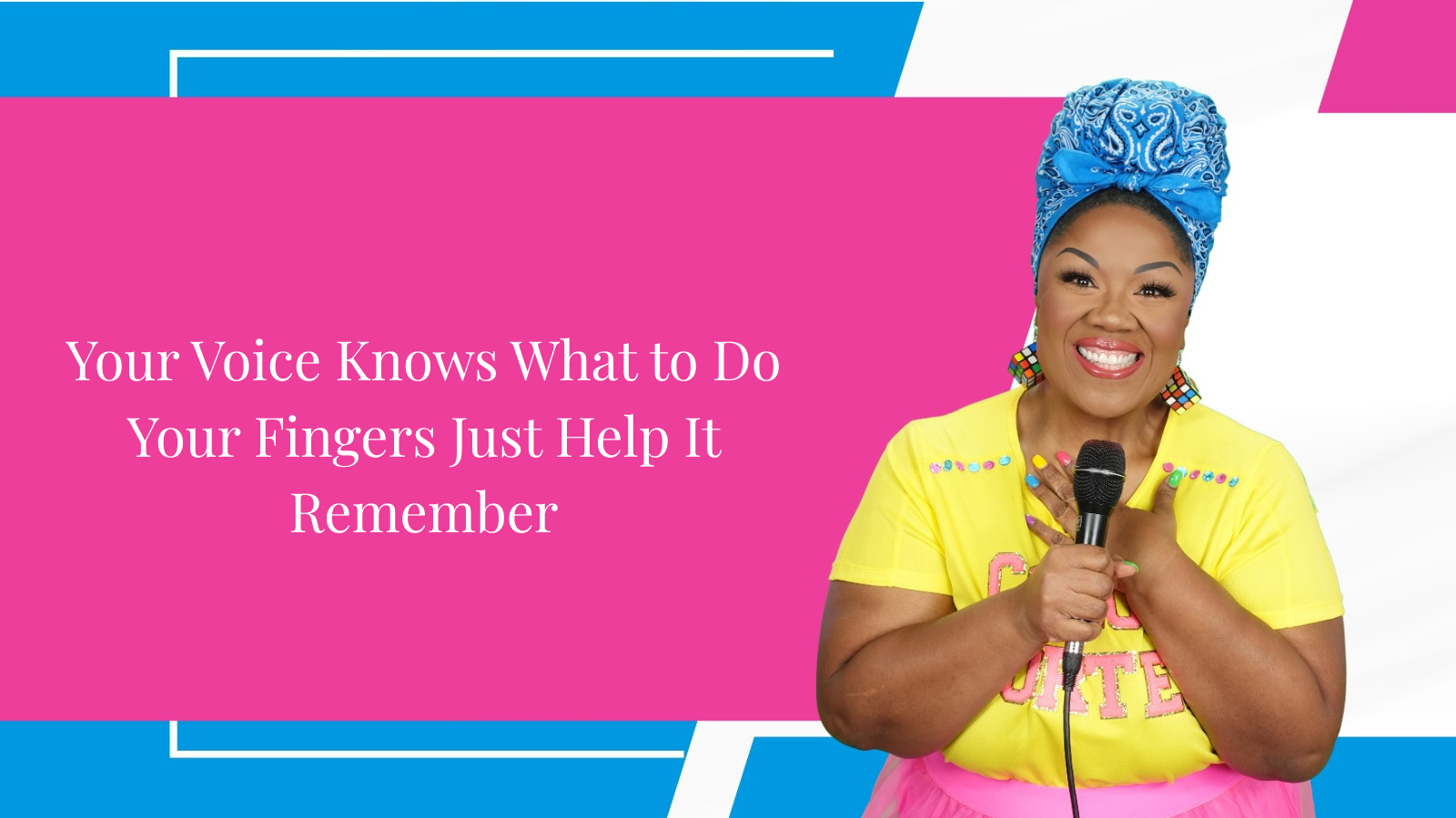By Cheryl Porter
I have seen it time and again. A student struggles with a note or rhythm, but the moment they add movement like snapping, clapping, or even finger taps, something clicks. The voice lands right where it should. That is no accident.
Your body carries memory. And when you connect physical motion to musical timing, everything becomes more natural and more accurate. Your fingers are not a crutch. They are a tool.
Movement Unlocks Musical Memory
When you repeat drills with your hands involved, you are not just training your voice. You are creating a deep, full body memory of that timing. That is why I always encourage students to clap or tap while doing rhythm exercises. It makes the beat real. Physical. Tangible.
This is exactly the approach I use in my finger twister exercises that help singers improve pitch control and vocal agility while locking in rhythmic timing through hand movements.
Why This Works
Your voice is emotional. It responds to how you feel. But rhythm? Rhythm is structure. When your body feels the beat, your voice follows it.
Think of it like learning to dance. You would not just listen to steps. You would move through them. Singing works the same way. The more senses you involve, the stronger the memory.
Building Confidence Through Repetition
The reason singers lose timing is usually not because they cannot hear the beat. It is because they do not feel secure in their response to it. Adding motion trains your brain to react without overthinking.
Suddenly, that hard line becomes easy. That tough rhythm becomes second nature. You do not have to think anymore. You just remember.
Final Thoughts from Cheryl
Your voice knows what to do. It just needs help remembering. So clap. Snap. Tap your chest. Whatever keeps your timing locked in.
Because when your body and voice work together, you do not just sing the note. You own it.
